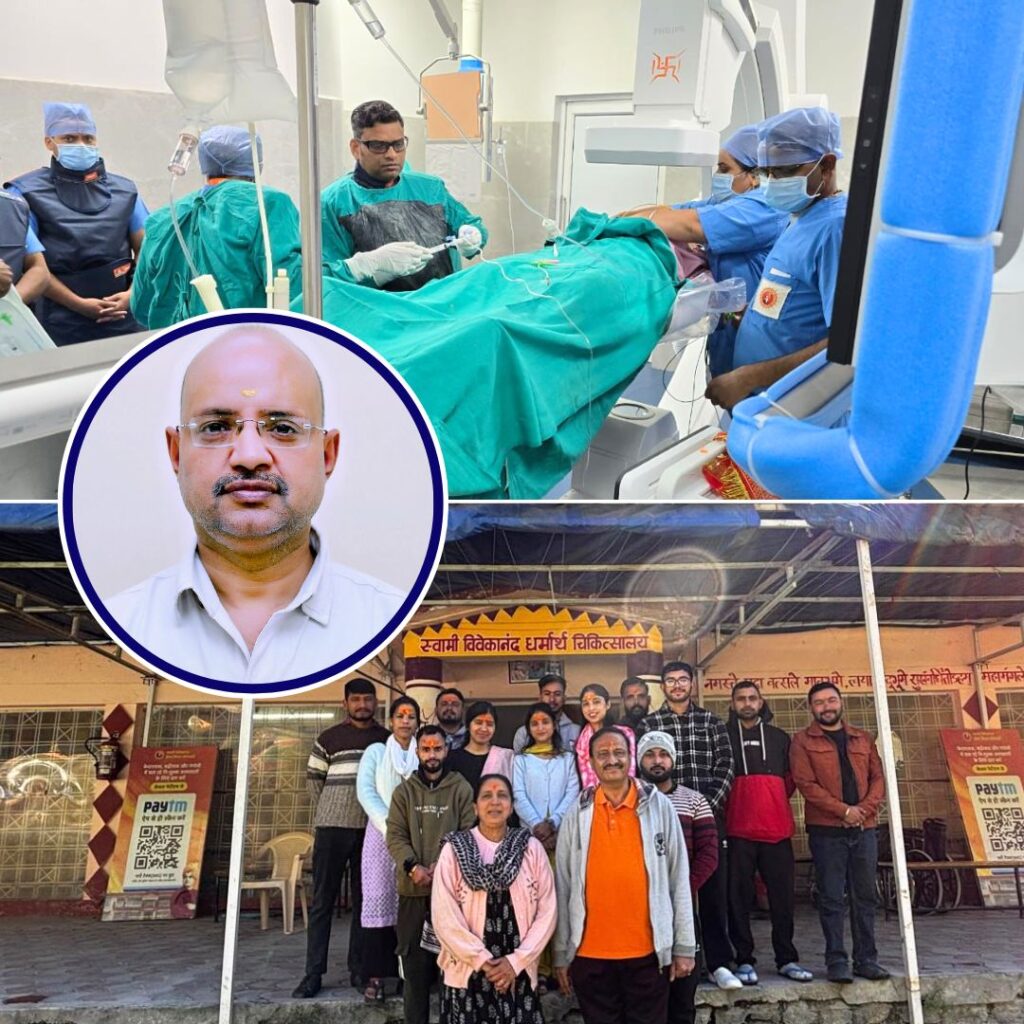India has made notable progress in combating tuberculosis (TB), recording a 21% decline in TB incidence between 2015 and 2024, according to the World Health Organization’s (WHO) Global TB Report 2025. This decline nearly doubles the global average reduction rate of 12%.
The incidence dropped from 237 cases per lakh population in 2015 to 187 per lakh in 2024. Concurrently, India’s TB mortality rate fell from 28 to 21 deaths per lakh population, indicating improved control over TB-related deaths. This achievement positions India among the world’s best-performing high-burden TB countries, underscoring the success of its national efforts.
Key Strategies Driving India’s TB Response
India’s success stems from a multifaceted approach characterised by innovation, decentralisation, and community involvement. The National Tuberculosis Elimination Programme (NTEP), launched in 2020 replacing the Revised National Tuberculosis Control Programme, aims to eliminate TB in India by 2025, five years ahead of the global target.
The government initiated the “TB Mukt Bharat Abhiyan” in December 2024 to intensify case detection through widespread molecular diagnostics, digital surveillance tools, and community campaigns screening vulnerable populations.
Over 19 crore people were screened, resulting in detection of over 24 lakh TB patients, including more than 8 lakh asymptomatic cases. Treatment coverage dramatically increased from 53% in 2015 to over 92% in 2024, with a treatment success rate of 90%, surpassing the global average.
A giant leap towards a #TBMuktBharat! 🇮🇳
— Ministry of Health (@MoHFW_INDIA) November 13, 2025
India records a 21% drop in TB incidence (2015–2024)—nearly double the global average—with higher reductions in mortality as per the WHO Global TB Report 2025.
With 92% treatment coverage and 90% success rate, India leads global progress… pic.twitter.com/6QwV56HBmU
Supportive Policies and Holistic Care
Beyond diagnosis and treatment, India has strengthened patient-centric support, notably through the Ni-kshay Poshan Yojana, which doubled nutritional assistance per patient to Rs 1,000 monthly, and public-private partnerships distributing millions of food baskets to TB-affected families.
Advanced, all-oral drug regimens for drug-resistant TB have also contributed to better treatment outcomes. The government significantly increased funding for TB control in the last decade, reflecting strong political commitment vital for sustaining these initiatives.
Challenges and The Road Ahead
Despite remarkable progress, India continues to bear a quarter of the world’s TB burden. The WHO report highlights ongoing challenges from social and economic barriers, potential drug resistance, and the legacy impacts of the COVID-19 pandemic, which had temporarily impeded TB services.
Achieving complete elimination by 2025 remains ambitious, with experts noting the need for sustained, innovative efforts and robust healthcare infrastructure to address remaining gaps. Early detection, focused attention on high-risk groups, and continuous community engagement are essential to building on current gains.
The Logical Indian’s Perspective
India’s substantial reduction in TB incidence showcases how strong leadership, technology integration, and compassionate care can transform public health outcomes.
The holistic strategies addressing medical treatment, nutrition, and social support embody The Logical Indian’s values of empathy and community harmony. This progress demonstrates that collective action grounded in kindness and scientific advancement can tackle even entrenched health challenges.
India Accelerates Towards a TB-Mukt Bharat! 🇮🇳
— Ministry of Health (@MoHFW_INDIA) November 13, 2025
India’s fight against tuberculosis has gained exceptional momentum, recording a 21% decline in TB incidence from 2015 to 2024, almost double the global average and a faster reduction in mortality. Treatment coverage has reached 92%,… pic.twitter.com/fwF1jY8Eox












